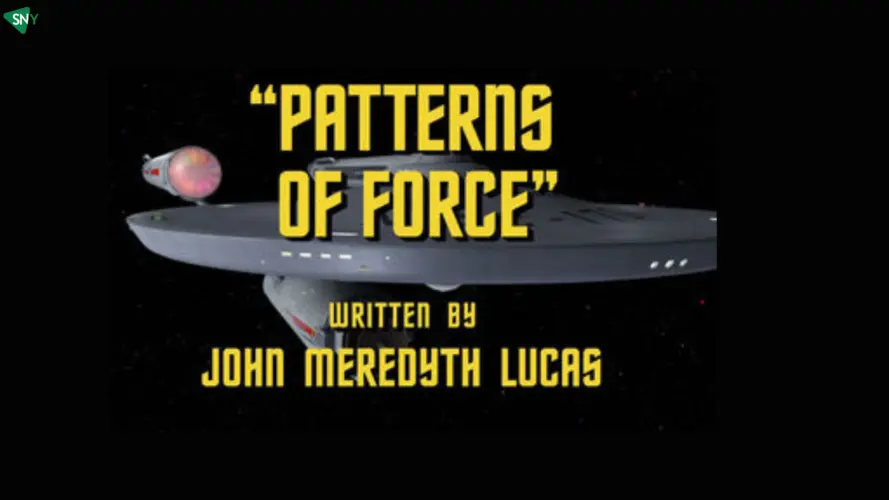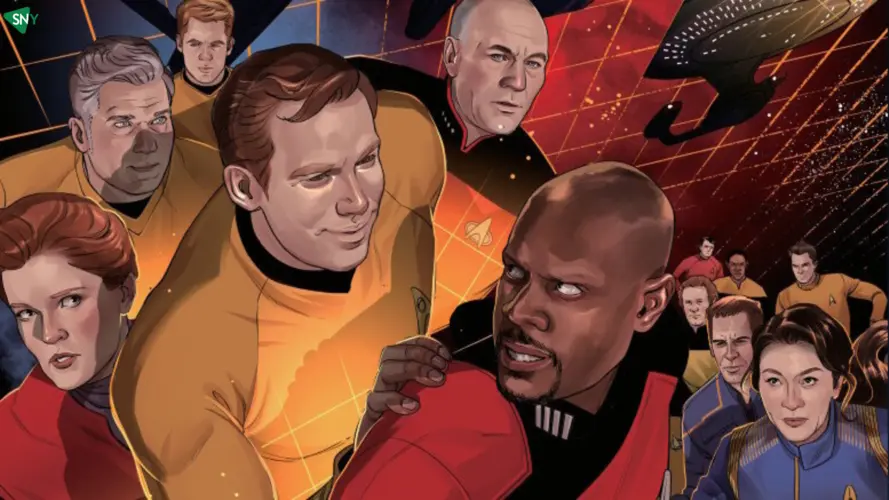Star Trek: The Original Series stands as a seminal piece of television history, renowned for its audacious approach to addressing the complex issues of race, prejudice, and the human condition. This groundbreaking series, which debuted on September 8, 1966, pushed boundaries and set new standards for storytelling, character development, and the exploration of societal issues through the lens of science fiction. Created by Gene Roddenberry, the show featured an ensemble cast led by William Shatner as Captain James T. Kirk, along with notable actors such as Leonard Nimoy, Nichelle Nichols, George Takei, DeForest Kelley, James Doohan, and Walter Koenig.
“Star Trek” transcended the typical constraints of its time by envisioning a future where humanity has overcome its basest instincts to explore the stars, embodying ideals of unity, diversity, and cooperation. Its three-season run laid the foundation for an expansive franchise, including numerous television series, films, and a vast array of spin-off media, deeply embedding it in global pop culture.
“Patterns of Force”: A Reflection on Humanity’s Darker Chapters
One episode from the show’s second season, “Patterns of Force,” particularly stands out for its audacious examination of fascist ideologies, specifically those associated with Nazi Germany. In this episode, the Starship Enterprise crew, under the command of Captain Kirk, investigates the disappearance of John Gill, a Federation cultural observer, on the planet Ekos. They uncover a society mimicking Nazi Germany, complete with SS-type uniforms, swastika flags, and a disturbingly familiar political structure aimed at the genocide of the Zeon people, a neighboring planet’s inhabitants.

The depiction of Nazi symbols and themes in “Patterns of Force” served as a bold narrative choice, intending to critique and condemn fascism. However, the very inclusion of these elements led to the episode’s ban in Germany, where post-World War II laws strictly prohibited the display of Nazi paraphernalia and ideology.
The German Ban and Its Repercussions
Germany’s decision to ban “Patterns of Force” was rooted in the country’s stringent censorship laws implemented after World War II to eradicate Nazi ideology. The ban, which lasted from 1968 until 1995, reflects Germany’s efforts to confront its past and prevent the resurgence of fascism. The episode’s eventual broadcast in Germany in 1995, and later in 2011 on ZDFneo, marked a significant moment, allowing for a broader discussion on the portrayal of historical atrocities in media and the role of censorship in shaping public discourse.

Legal Frameworks and Cultural Sensitivity
The legal and cultural landscape of post-war Germany was shaped by the need to address the remnants of Nazism and to foster a society based on democratic principles and respect for human rights. The ban on “Patterns of Force” highlights the delicate balance between freedom of expression and the imperative to counter hate speech and fascist ideologies. It raises critical questions about the role of media in education and the responsibility of creators in depicting sensitive historical subjects.
Conclusion: The Legacy of “Star Trek” and the Importance of Historical Reflection
“Star Trek: The Original Series,” through episodes like “Patterns of Force,” demonstrates the enduring power of science fiction to challenge, educate, and inspire. By confronting the darkest aspects of human history, the series encourages viewers to reflect on the consequences of hatred and the importance of vigilance in preserving democratic values and human dignity.
The discussion surrounding the ban of “Patterns of Force” in Germany underscores the complexities of dealing with historical trauma, the challenges of censorship, and the potential of media to foster understanding and empathy. As “Star Trek” continues to captivate audiences worldwide, it serves as a reminder of the medium’s potential to explore the depths of the human experience, offering insights into our past and hope for our future.




